Science Payload on RBSP
RBSP's science payload will include five instruments designed to collect data used to characterize and quantify the processes that produce the relativistic ions and electrons in the radiation belts.
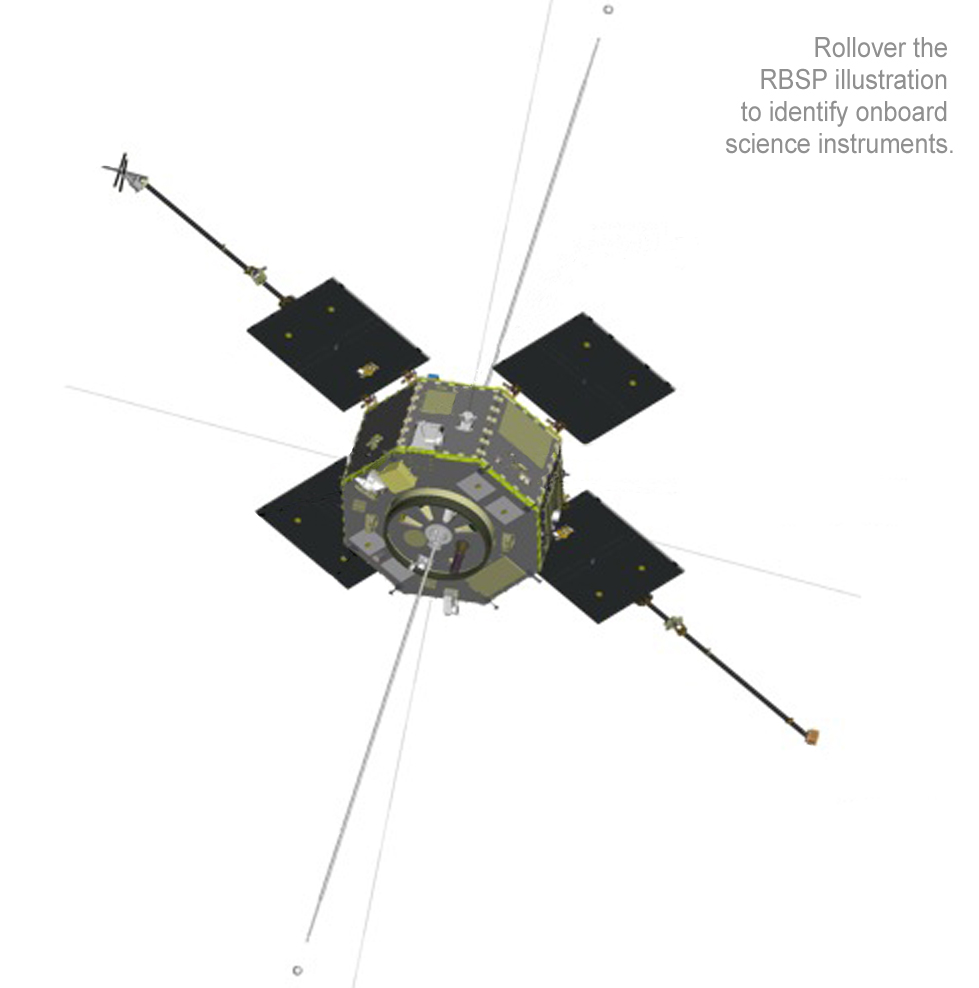
- ECT
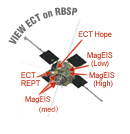
The Energetic Particle, Composition, and Thermal Plasma Suite will directly measure near-Earth space radiation particles to understand the processes that control the acceleration, global distribution, and variability of radiation belt electrons and ions. It will determine:
-- processes that produce radiation belt enhancements,
-- the dominant mechanism for relativistic electron loss,
-- how the inner magnetospheric plasma environment controls radiation belt acceleration and loss.
Researchers will develop models for understanding and
predicting radiation belt space weather effects. - EMFISIS
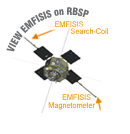
The Electric and Magnetic Field Instrument Suite and Integrated Science investigation will focus on the role played by magnetic fields and plasma waves in radiation belt particle acceleration and loss. They will look at: processes affecting acceleration and transport of radiation particles and those affecting the loss of radiation belt particles; the contribution of adiabatic/non-adiabatic processes on energetic particles; the effect of ring current and storm phenomena on radiation electrons and ions. -
EFW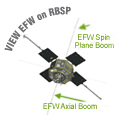
The Electric Field and Waves Suite will study the near-Earth electric fields that energize radiation particles and modify the structure of the inner magnetosphere. The EFW instrument suite will measure fields associated with a variety of mechanisms causing particle energization, scattering, and transport in the inner magnetosphere.
- RBSPICE
The Radiation Belt Storm Probes Ion Composition Experiment will study how space weather creates the "storm-time ring current" around Earth and determine how the ring current supplies and supports the creation of radiation populations. Understanding the effects of ring current and other storm phenomena on radiation electrons and ions will help to explain how and why they vary during storms and will support the modeling of radiation belts for solar cycle time scales.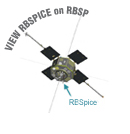
- RPS
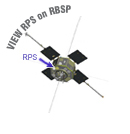
The Relativistic Proton Spectrometer will measure inner Van Allen belt protons with energies from 50 MeV to 2 GeV. At present, the intensity of trapped protons with energies beyond about 150MeV is not well known and thought to be underestimated in existing specification models. Because these protons pose a number of hazards to astronauts and spacecraft, the project's goal is to develop anew standard radiation model for spacecraft design.

